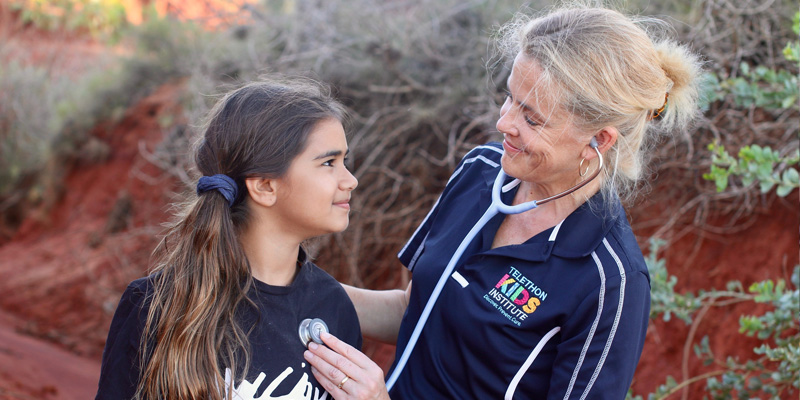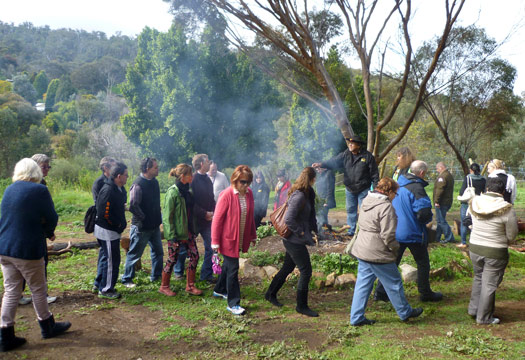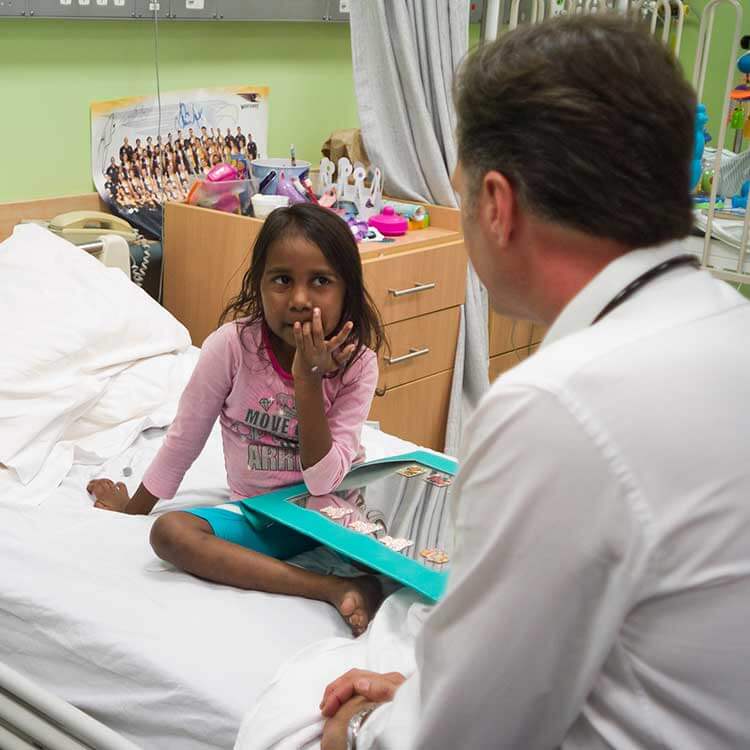Search

News & Events
Study finds high rates of chronic lung disease in remote-living Aboriginal childrenAlmost one in five children across four remote Kimberley communities has some form of chronic lung disease, according to a new study co-designed and conducted in partnership with Aboriginal communities.

News & Events
New national guideline set to tackle skin infectionsWhen health organisations in the north-west of WA requested urgent action to address the region’s high rate of skin infections, Dr Asha Bowen answered the call.

News & Events
Elders insight leads to spine-tingling breakthroughDr Michael Wright remembers the 'aha' moment while working with distressed Nyoongar families to identify what was limiting engagement with services.

News & Events
Bold bid to end rheumatic heart diseaseSome of the nation’s leading medical researchers will converge on Darwin this week to step out a plan to wipe out rheumatic heart disease.
Research
Disparities between Aboriginal and non-Aboriginal perinatal mortality rates in Western Australia from 1980 to 2015This study aimed to examine the pattern of stillbirth and neonatal mortality rate disparities over time in Western Australia
Research
Disability "In-Justice": Benefits and Challenges of "Yarning" With Young People Undergoing Diagnostic Assessment for Fetal Alcohol Spectrum Disorder in Youth DetentionWe report the findings from a qualitative study that took place alongside a fetal alcohol spectrum disorder (FASD) prevalence study among detainees in Australia
Research
Emerging diabetes and metabolic conditions among Aboriginal and Torres Strait Islander young peopleCollaboration between clinicians and researchers is required to establish the prevalence and disease burden of type 2 diabetes among Indigenous young people
Research
Trends in mental health related contacts among mothers of Aboriginal children in Western Australia (1990-2013)Many of the mental health issues that women develop earlier in life are chronic at the time of conception, during pregnancy and at birth
Research
Infant removals: The need to address the over-representation of Aboriginal infants and community concerns of another ‘stolen generation’The disparity between Aboriginal and non-Aboriginal infant removals needs to be seen as a priority requiring urgent action to prevent further intergenerational trauma
Research
A large proportion of poor birth outcomes among Aboriginal Western Australians are attributable to smoking, alcohol and substance misuse, and assaultA large proportion of adverse outcomes were attributable to the modifiable risk factors of substance use and assault
